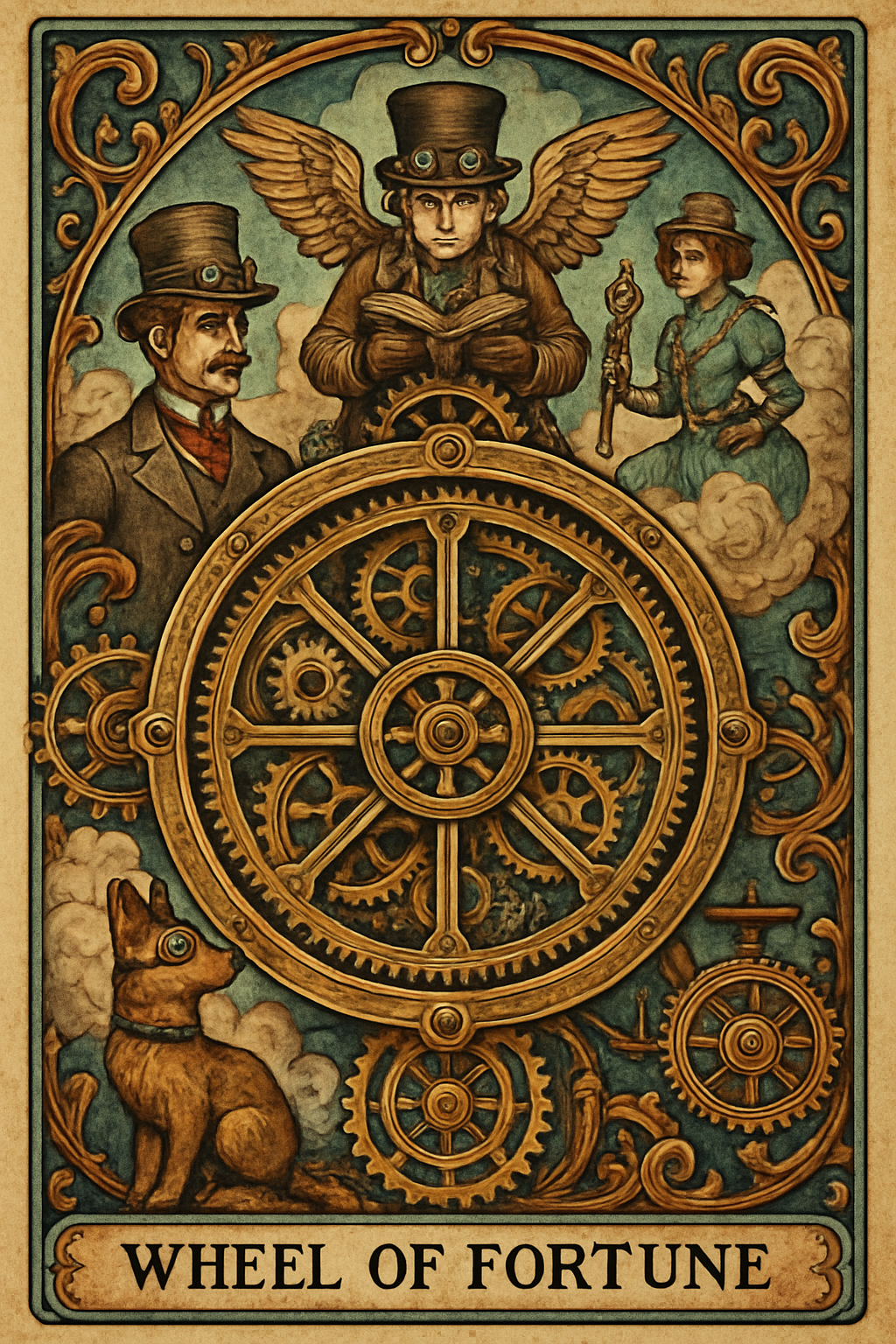
The Tarot Time Traveler: Unraveling Tarot's Cultural Heritage
Share
The Tarot Time Traveler:
Unraveling Tarot's Cultural Heritage
Have you ever wondered about the cultural and historical significance of tarot cards? The Tarot Time Traveler: Exploring Historical and Cultural Roots dives into the intriguing evolution of tarot from its origins in medieval Europe to its current standing in popular culture. This exploration not only uncovers the historical contexts that shaped these mystical cards but also highlights how they reflect the beliefs and practices of various societies. Join us on a journey to unravel the fascinating tapestry that is the history of tarot.
The Tarot Time Traveler: Exploring Historical and Cultural Roots
The history of tarot cards is rich and complex, entwined with the threads of several cultures and various traditions. It all began in the mid-15th century in Northern Italy, where the first known tarot decks were created not for divination but rather for playing card games. The primary deck used was called the Tarocchi, a game enjoyed by the elite and gradually spreading through Europe, morphing in style and purpose. Understanding this transformation is essential to fully appreciating tarot cards.
The Origins of Tarot
Typically, early tarot decks featured vivid imagery and allegorical representations. When looking into the foundational aspects of tarot, we find:
- Hand-painted decks commissioned by nobility.
- Decks like the Visconti-Sforza Tarot, one of the earliest forms.
- Innovative additions like trump cards introduced new game dynamics.
This blend of art and function laid a strong foundation for the cards' significance in later contexts.
Tarot as a Cultural Artifact
Over the centuries, tarot evolved from a simple game into a multifaceted cultural artifact. The cards began to reflect not just artistic creativity but also the philosophical and societal contexts of their time. By the late 18th century, tarot had made a significant shift, becoming associated with the occult and mysticism. This move is attributed to the efforts of several individuals, notably French occultists, who claimed ancient secrets connected to the cards.
Impact on Spiritual and Philosophical Practices
This transition altered the perception of tarot and introduced new themes, such as:
- The Major Arcana's significance in spiritual journeys.
- Interpretative layers added to card readings, emphasizing personal reflection.
The Major Arcana evolved to embody universal archetypes and deep life lessons, cementing its role in both fortune-telling and personal introspection.
The Role of Tarot in the Arts
As tarot's popularity continued to rise, it began to influence a broad spectrum of artistic expressions. From paintings and literature to modern film and digital media, the symbolism of tarot has informed and inspired countless creators. Tarot cards are no longer solely confined to games; they have transcended into tools of self-exploration and creativity.
Visual Aesthetics of Tarot Cards
Here are some key points regarding tarot card art and its evolution:
- Art styles vary greatly between different tarot decks, incorporating cultural motifs.
- Modern decks often blend traditional symbols with contemporary artistic interpretations.
- Some artists have dedicated their work exclusively to crafting unique tarot decks.
This blending of art and spirituality has led to a resurgence of interest in tarot, especially in artistic circles.
Modern Tarot: Resurgence and Transformation
In recent decades, there has been a remarkable resurgence in tarot popularity. This revival can be attributed to the rise of social media, which has created a platform for sharing tarot knowledge and interpretations. Today, a diverse community of enthusiasts, professionals, and artists engage with tarot, making it more accessible than ever before.
The Impact of Technology
Technology has played a pivotal role in this transformation:
- Online platforms facilitate virtual readings and tarot workshops.
- Digital decks are available for use on mobile devices and apps.
This accessibility has contributed to the tarot's exploration as a tool for personal growth, self-discovery, and community building.
Tarot and Cultural Identity
Tarot's journey has also been intertwined with various cultural identities around the world. As people from different backgrounds have embraced tarot, they have infused their unique perspectives, creating a plethora of contemporary interpretations. Tarot now serves as a bridge that connects individual experiences with collective wisdom while allowing personal expression.
Cultural Interpretations of Tarot
Some notable aspects of cultural interpretation include:
- Reimagining traditional decks to reflect specific cultural narratives.
- Inclusion of symbols and stories from diverse backgrounds.
This aspect underscores tarot's flexibility and its capability to adapt to the evolving narratives of society.
Reflecting on The Tarot Time Traveler's Journey
In conclusion, the evolution of tarot cards is a compelling tale of cultural heritage, artistic expression, and personal discovery. What began as a card game in 15th-century Italy transformed into a profound medium for introspection and community connection. Today's tarot encompasses spirituality, artistry, and personal empowerment. Therefore, if you're curious about the layers of meaning and cultural significance interwoven into the very fabric of tarot, we invite you to explore further with The Tarot Time Traveler: Exploring Historical and Cultural Roots. Discover how you can incorporate tarot into your own journey of self-discovery and spiritual growth.
